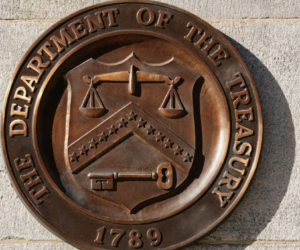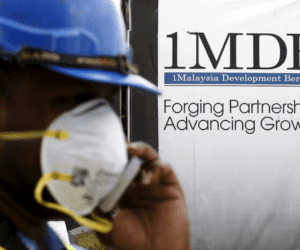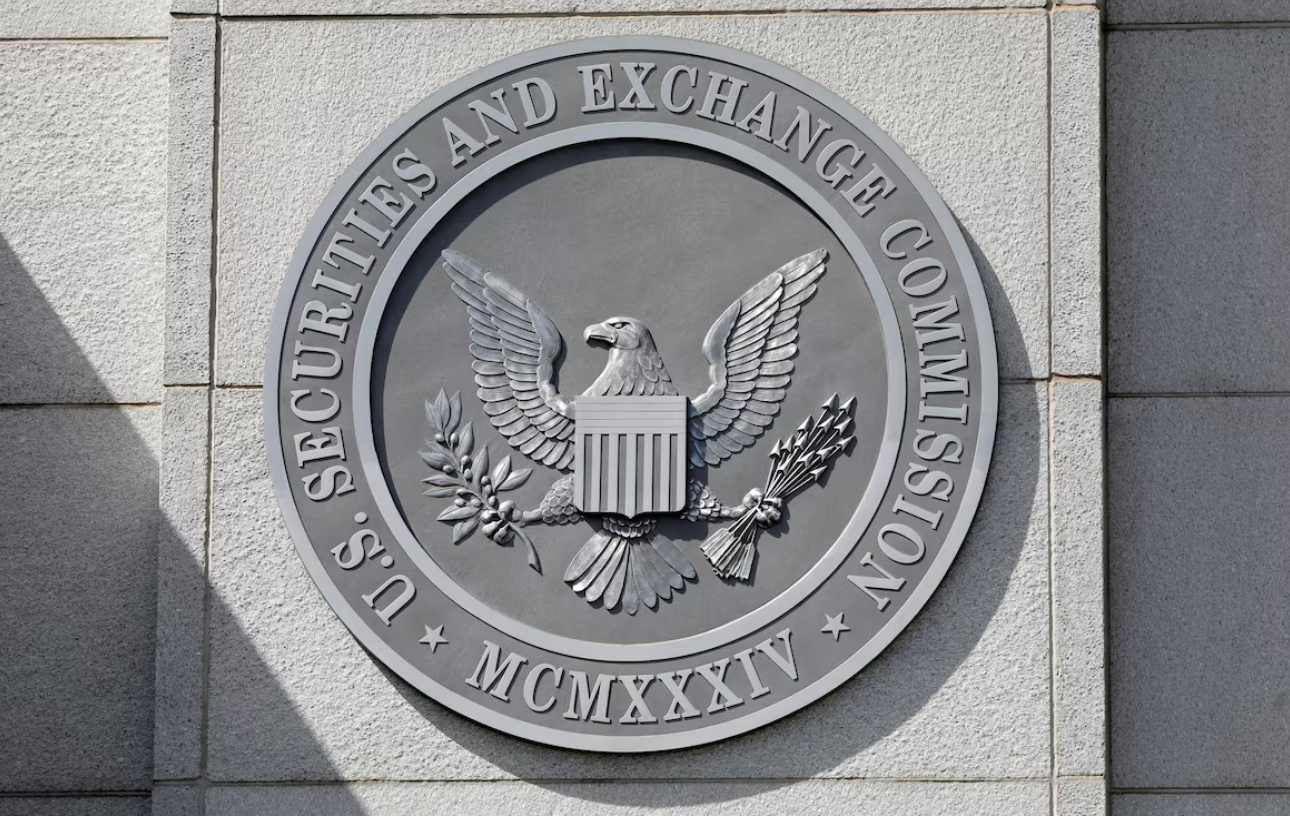Featured Interview with AML leaders
By Elizabeth Hearst
The upcoming sixth money laundering directive “heralds a tougher punishment regime” for issues in non-compliance, says leading AML expert, Sujata Dasgupta.
Dasgupta emphasises the directive shows the “urgency to close all gaps” in Financial Institutions (FIs) and EU Member States.
In this interview, Dasgupta discusses the implications of the upcoming directives, legislative loopholes and weaknesses in current AML regimes and the importance of publications such as AMLi.
As Global Head of Financial Crimes Compliance Advisory at Tata Consultancy Services, and with more than 20 years of global experience in financial hubs such as New York, Singapore, London and Frankfurt, Dasgupta is clear on what needs to be done to crack down on financial crime.
EH: How can financial institutions best prepare for the upcoming sixth money laundering directive?
SD: The EU 6th MLD will come into force in Dec 2020 and become effective from June 2021 across all member states. The 5th and 6th MLDs are incremental in nature over the 4th and cannot be viewed in isolation.
However, there are several financial institutions (FIs) and member states that are still working through completing the implementation of the 4th and 5th MLDs. Hence, the best foundation for the 6th MLD would be to implement the 4th and 5th completely, accurately before Dec 2020.
FIs can also start preparing for the 6th MLD by familiarising with the 22 predicate offences outlined, which include cybercrime and environmental crime. A study of the current AML policies, systems and processes within the FI can be conducted to identify what additional steps need to be taken in order to incorporate the 6th MLD clauses.
As punishments will get more stringent, FIs must undertake a thorough risk assessment of their AML frameworks across the 3 lines of defense. They must evaluate the effectiveness of existing controls for inherent risks, and define mitigations for the residual risks as benchmarked against the current and upcoming MLDs.
EH: What are the major differences that financial institutions will be expected to implement after these directives are enacted?
SD: The EU 5th MLD had several actionable clauses for FIs in order to strengthen their AML systems, processes and policies. In contrast, the 6th MLD heralds a tougher punishment regime for non-compliance, thus emphasizing the urgency to close all gaps that FIs and member states may have in fighting financial crimes.
In order to harmonize the definition of financial crimes in the EU region, the 6th MLD details 22 predicate offences. FIs must adopt these typologies, including the newly added cybercrime and environmental crime, within their AML frameworks. They must design detection rules and investigation processes, if not already present, for all these offence categories. FIs must extend their adverse media screening to cover these offences as well.
The most critical action for FIs however is to review and ensure that they have implemented all necessary systems and processes for a foolproof AML function.
EH: Do you believe that this legislation will close any legislative loopholes which vary from country to country?
SD: The 6th MLD provides definitions for the 22 predicate offences that must be recognised within AML programs. This definition will enable standardization of the said offences across member states, which till now were subject to interpretation.
The EU MLDs provide a number of effective rules for combatting money laundering, but they are interpreted and implemented differently across the member states. Some examples are around CDD requirements, obliged entities, adverse media screening, internal controls and risk assessments, reporting requirements and so on. In order to harmonise the interpretations, the European Commission plans to come up with single EU rulebook in 2021, to close loopholes created due to divergent applications of the current rules.
EH: Do you foresee any difficulty between member states in enforcing this new legislation?
SD: The EU member states are in varying levels of maturity in terms of implementing the EU 4th and 5th MLDs. Romania and Ireland were recently penalized by the EU court of justice (CJEU) for their failure in timely transposition, while the cases of Austria, Belgium and The Netherlands have been referred to CJEU for deficiencies in transposition of 4th MLD. Others like Luxemburg, Slovakia and Slovenia have received letters of formal notice from the European Commission for incorrect transposition of the 4th MLD.
The 6th MLD is incremental in nature and emphasizes on the urgency to completely and accurately comply with the earlier MLDs, failing which tougher punishments have been prescribed. So for those member states which are lagging behind need to expedite their transposition of the current MLDs to be ready for the 6th.
EH: Currently there is limited exchange of information between FIU’s between member states, what more can be done to promote cohesion between countries?
SD: Financial crimes are rarely restricted to single jurisdictions, and most often take the cross-border network route. On the other hand, AML supervision remains jurisdiction owned, leading to lack of mechanisms of dealing with cross border crimes.
In order to address this issue and strengthen member states’ combat against money laundering and other organised crimes, discussions are now underway to implement an EU level Supervisory framework. This will not only ensure enhanced detection of transnational crimes, but also improve coordination and intelligence sharing among FIUs of member states.
The need for cooperation among member FIUs within the EU had been recognised long ago with the establishment of FIU.Net, a platform connecting databases of the member FIUs. Use of FIU.Net was also emphasised in the EU 4MLD but may have had limited use possibly due to certain operational challenges. This platform, if resurrected, can bring significant synergy in collaboration among member FIUs.
EH: Do you think that Europe can be seen as an international leader in Anti-Money Laundering legislation in the future?
SD: Europe’s commitment towards upping the fight against money laundering is evident from the slew of directives that the EU has been enacting in the last few years. While the EU 3rd Money Laundering Directive (MLD) came into force in 2007, the 4th, 5th and 6th MLDs came in quick successions in 2017, 2020 and 2021 (targeted), each adding incremental layers of stringent legislations.
Some of the clauses, like setting up country specific UBO Registers, connecting such Registers across the EU nations, and extending the MLDs to all crypto currency service providers, have been path breaking ones that have prompted several other jurisdictions to follow suit.
Apart from Regulations, Europe is also aggressively driving collaboration across financial institutions in sharing data, intelligence and operating models through various utilities. The Nordic KYC utility and the Transaction Monitoring Netherlands (TMNL) AML utility are such examples. These have earned Europe the status of a bellwether in adopting several forward looking Regulations and initiatives in their fight against financial crimes.
EH: What are the greatest weaknesses that have been identified in the current AML regime(s)
SD: The EU MLDs provide far-reaching holistic and effective rules to fight against financial crimes. However, the challenge has been in their differing interpretation and application across the members states, creating loopholes for criminals to exploit.
Moreover, the level and accuracy of transposition of the 4th and 5th MLDs differ widely among the states, with several of them still in the process of correctly implementing clauses of the 4th! Hence, despite the effectiveness of the rules, AML regime in EU as a whole remains short of being comprehensive.
Another area has been limited sharing of intelligence and collaboration between FIUs of member states, which may have constrained their ability to track transnational crimes.
EH: How important do you think publications such as AMLintelligence are in the fight against money laundering?
SD: Financial crimes are getting more complex and sophisticated with every passing day, accelerated by advancement of technology, proliferation of payment channels and faster payments, spurt in cross border transactions and so on. Dealing with the challenges of preventing, detecting, investigating and reporting such crimes is becoming an increasingly uphill task for Financial Institutions’ (FIs) all 3 lines of defense.
Under such circumstances, knowledge and awareness of changing regulations across jurisdictions, AML deficiencies being exploited by criminals, new products and process enhancements for improving AML effectiveness and efficiency assume immense importance.
Focused publications like AMLintelligence are bringing these information to the fingertips of AML professionals in a structured, consolidated manner, covering 360 degree view of regulations, processes, technology innovations, challenges being faced by banks and possible solutions, and so on. All this can greatly contribute to AML professionals’ knowledge enrichment and staying up to date with the industry.
Share this on:
Follow us on:








